Mosquitoes are extremely nasty insects with piercing-sucking mouthparts and tiny bodies. Most male mosquitoes of the family Culicidae mainly feed on plant juices, while female mosquitoes need to ectoparasitize on the surfaces of other organisms in order to meet their growth needs, using their piercing-sucking mouthparts to penetrate the host's skin and suck blood. However, mosquitoes are not only a nasty pest, but even more terrifying are the diseases they spread. According to statistics, mosquitoes can spread more than 80 kinds of diseases.
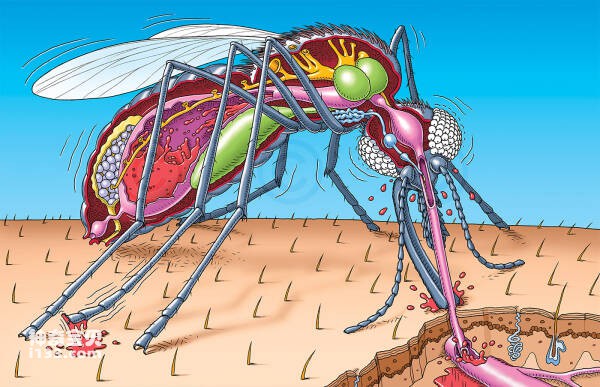
Around the world, there are some mosquitoes that are particularly virulent. These include Aedes aegypti, Aedes albopictus, Anopheles gambiae, Anopheles sinensis, Aedes dongxiang, Anopheles parvum, Anopheles major, etc. These mosquitoes carry dangerous levels of disease and toxicity, posing a threat to human health.
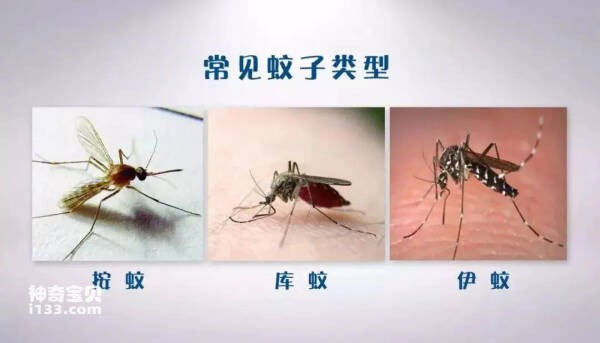
Understanding these mosquitoes and their potential harm can help us better prevent and prevent the spread of these diseases and protect the health of ourselves and our families. Hopefully, through greater understanding and preventive measures, we can effectively avoid the potential threats posed by mosquitoes.
(Transmits urban yellow fever/dengue fever and dengue hemorrhagic fever/chickengunya/riku fever)
When it comes to mosquito toxicity, Aedes aegypti is undoubtedly at the top of the list. This mosquito is widely distributed on all continents of the world and can be found on almost every continent except Antarctica. In China, Aedes aegypti is mainly distributed in Guangdong, Guangxi, Xishuangbanna and Hainan. Female Aedes aegypti mosquitoes typically feed on human blood to lay their eggs.
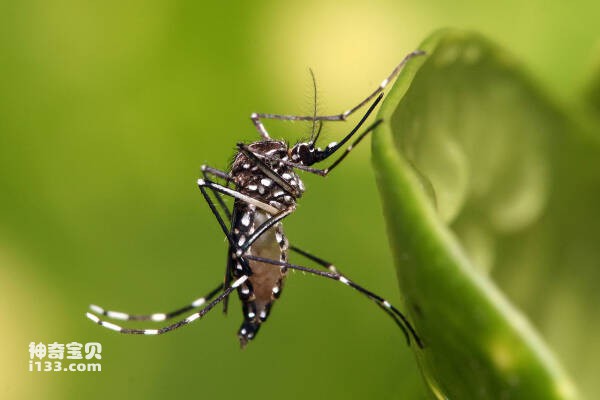
Aedes aegypti is a dangerous vector of infectious diseases, carrying a variety of harmful pathogens. They are the key vectors for the spread of viruses such as urban yellow fever, dengue fever, dengue hemorrhagic fever, Chikungunya disease, and standing valley fever. In addition, Aedes aegypti can also transmit various zoonotic diseases such as East Equine Encephalitis, Western Equine Encephalitis, and Venezuelan Equine Encephalitis through bites. For this reason, Aedes aegypti is recognized as one of the most dangerous mosquitoes in the world, and the diseases it spreads pose a serious threat to human health.
(Transmitting dengue fever/chikungunya/Japanese encephalitis/yellow fever/Usutu virus)
The Aedes mosquito, commonly known as the Aedes mosquito, is considered one of the most venomous mosquitoes in the world. Among them, Aedes albopictus has attracted much attention in the mosquito community and is regarded as an important global prevention and control target. It is a key member of the Aedes family. This mosquito species spreads diseases such as dengue fever and chikungunya in Southeast Asia, and is also one of the main vectors of dengue fever in China.

According to experimental infection results conducted in China and abroad, Aedes albopictus can not only transmit dengue fever, but can also carry and transmit a variety of viral diseases such as yellow fever, Spanish equine encephalitis, and Venezuelan equine encephalitis. Particularly striking is the widespread concern that the Aedes albopictus mosquito caused the first ever chikungunya outbreak in Europe.
Worryingly, Aedes albopictus appears to have adapted to temperate climates, surviving sub-freezing temperatures and snowfall.
(The most dangerous Plasmodium parasite transmits malaria/filariasis)
Anopheles mosquitoes are also listed as one of the most toxic mosquitoes, among which Plasmodium gambiaePress is particularly famous. This mosquito carries Plasmodium falciparum, one of the deadliest forms of Plasmodium. According to the World Health Organization, there were more than 200 million cases of malaria infection worldwide in 2012, of which more than 600,000 patients died. The vast majority of cases occurred in Africa. In sub-Saharan Africa, the Anopheles gambiae mosquito is one of the most important vectors of malaria.
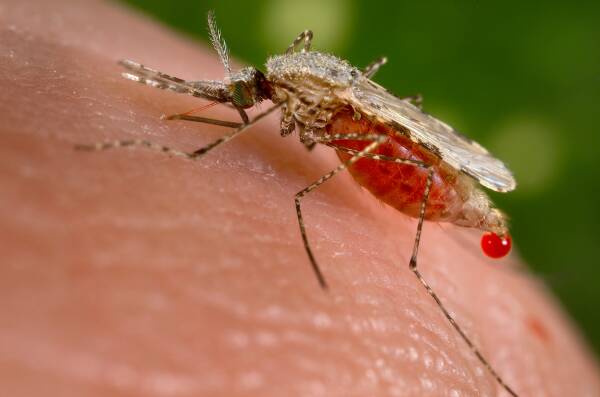
In Africa, one child dies every minute from malaria, and 9 out of 10 people die from the disease. The scope and threat of Anopheles mosquitoes in The Gambia is huge. This species invaded Mexico in the 1830s and caused a massive dengue fever outbreak.
(Transmission of malaria/filariasis/Japanese encephalitis)
One of the most toxic mosquitoes in the country is the Anopheles sinensis, which plays an important role in the inventory of various toxic mosquitoes. status. This mosquito is widely distributed in Asian countries, including Laos, Myanmar, Thailand, Singapore, Vietnam, South Korea, Japan and North Korea. In China, the Chinesemalaria mosquito is mainly distributed in areas where the annual average temperature is around 10°C.

The Sinensis mosquito usually feeds on the blood of humans and animals. They rarely feed on human blood when there is an abundant supply of blood from livestock around them. However, if there are few domestic animals nearby, reducing the available blood source, the Chinese malarial mosquitoes will also become abundant. Sucks human blood. Although it is not an efficient transmitter of pathogens, due to its large population, it may trigger fulminant spread of the disease.
The ChineseAntis mosquito is one of the important vectors for malaria and filariasis, and can also transmit epidemic B Encephalitis and other diseases.
(Transmission of Japanese encephalitis/filariasis)

Aedes mosquitoes are ferocious blood-biting insects, some of which are transmitters of yellow fever, dengue fever and other pathogens, while a few species are also vectors of filariasis. Among them, the Dongxiang Aedes mosquito is mainly distributed in the coastal areas from Liaoning to Guangdong and some islands in China. It is also found in Japan, North Korea, the Soviet Union, Thailand and Malaysia. On some foreign islands, Aedes dongxiang is the vector of male filariasis. Although natural infection with filariasis malayi has been found in China, Aedes dongxiang is not the main vector of this disease. Japanese encephalitis virus has been isolated from this Aedes mosquito in Northeast China.
(Transmit malaria/filariasis)
The tinyAnopheles mosquito is a common poisonous mosquito in my country. Its habitat and feeding habits vary by region: The tiny Anopheles mosquitoes in Hainan Island, China, are more likely to suck human blood, especially the female mosquitoes that mostly prefer to suck blood indoors. ; In mainland China, tinyAnopheles mosquitoes are more likely to suck the blood of humans and animals at the same time, preferring Animal blood, especially in areas with higher latitudes, has fewer malaria mosquitoes that feed on human blood. There are even more of them sucking the blood of cows, and they often live in cow houses.

This mosquito is the main vector of malaria in the mountains and hilly areas of southern China. In some areas, there are also reports of microanopheles mosquitoes naturally infected with larvae of Bancrofti Anopheles mosquitoes are also one of the important vectors of malaria in Southeast Asia.
(spreads malaria)
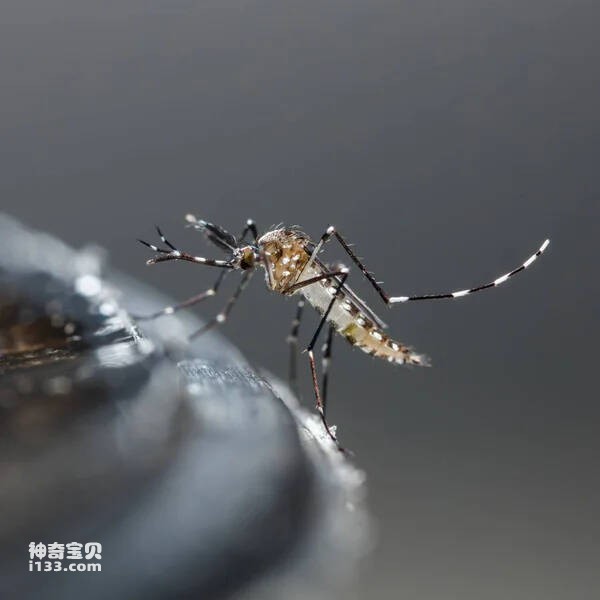
Anopheles grandis is listed as one of the ten most venomous mosquitoes and belongs to the tropical jungle mosquito species. This kind of mosquito mainly breeds in environments such as caves in mountain streams covered by dense forests and without direct sunlight, and water in creek beds and seepage water. Female mosquitoes prefer to feed on human blood. Once they enter indoors to suck blood, they quickly fly out to live in the wild, where they also bite. Anopheles anopheles is one of the main vectors of malaria in the jungles and mountains of Hainan Island, China. Its natural gland infection rate is as high as 1.7%-5.9%. It also plays an important role in malaria transmission in many areas of Southeast Asia.
(Transmits Malaria/Malay Fever/Dengue Fever/Rift Valley Fever/West Nile Virus)
house mosquito,Culex mosquito, also known as Culex mosquito, is one of the most common mosquitoes in my country. They are one of the most common household pests, lurking around the house day and night waiting to suck blood. Culex mosquitoes are widely distributed around the world, with nearly 800 known types and subspecies. Among them, Culex quinquefasciatus is distributed in all continents of the world, including Europe, Asia, Africa, South America, and North America.
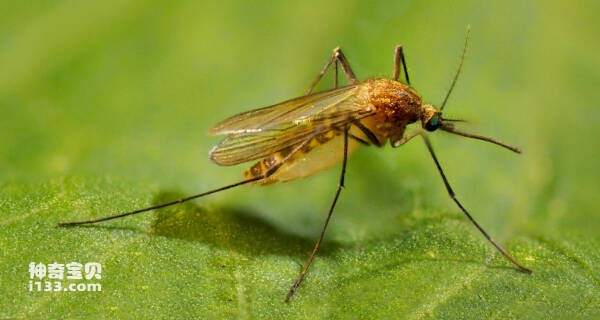
Female Culex mosquitoes sting and suck blood, especially human blood, while males mainly suck pollen, nectar and plant juices. This makes them potentially dangerous vectors for diseases including malaria, Malay fever, dengue fever, Rift Valley fever, etc., which pose serious threats to human health.
(Transmission of Japanese encephalitis/filariasis/dengue fever)
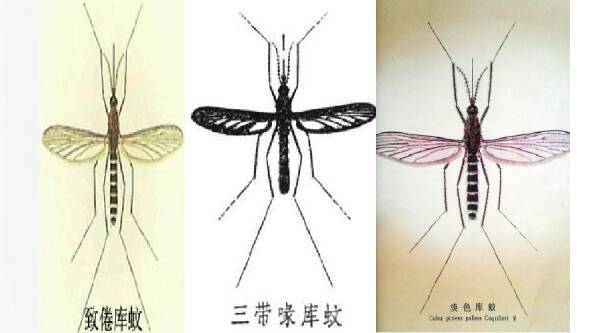
Culex tritaenorhynchus is distributed abroad in Pakistan, India, Bangladesh, Sri Lanka, Myanmar, Thailand, Cambodia, Vietnam, Malaysia, Singapore and other countries. In China, this mosquito species is found throughout the country except for Xinjiang and Tibet, where its distribution has not been recorded. This mosquito mainly feeds on pig blood and human blood and is one of the main vectors of Japanese encephalitis in China. Compared with transmission vectors such as Culex pipiens and Aedes albopictus, Culex tritaenorhynchus is hundreds of times more susceptible. In addition to Japanese encephalitis, it also spreads many important diseases such as filariasis and dengue fever.
In order to prevent the spread of Culex tritaenorhynchus, paying attention to environmental sanitation and removing breeding water sources are basic control measures.
(Transmit malaria/filariasis)
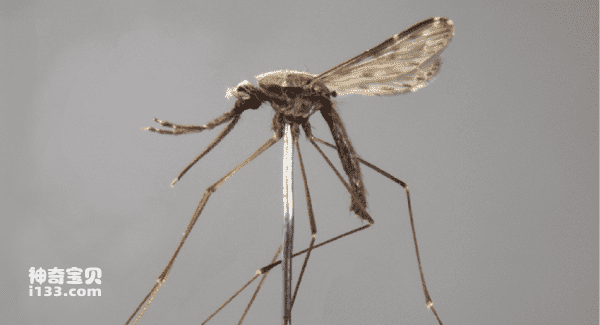
AnthropophilicAnopheles mosquitoes are widely distributed in Jiangsu, Zhejiang, Anhui, Jiangxi, Fujian, Hunan, Hubei, and Places such as Sichuan and Yunnan are a unique vector for malaria transmission in my country. It is mainly active in the middle and lower reaches of the Yangtze River and in the low mountainous and hilly areas north of 25° north latitude. It is an important source of transmission of malaria and Malay filariasis in these areas. AnthropicPress Mosquitoes and ChinaAnopheles mosquitoes are very similar, but the main difference between the two is that the base of the veins on the front edge of the wings is usually uniformly black, there are no T-shaped dark spots on the lateral membrane of the abdomen, and there are no scales on the transverse veins of the arms; the male mosquito has a Pale scales are also missing on the dorsal surface of the limb base.
This mosquito likes to feed on human blood and is very efficient at spreading malaria. The spread of malaria can be severe in areas where the Anthropophilic mosquito is the main vector.
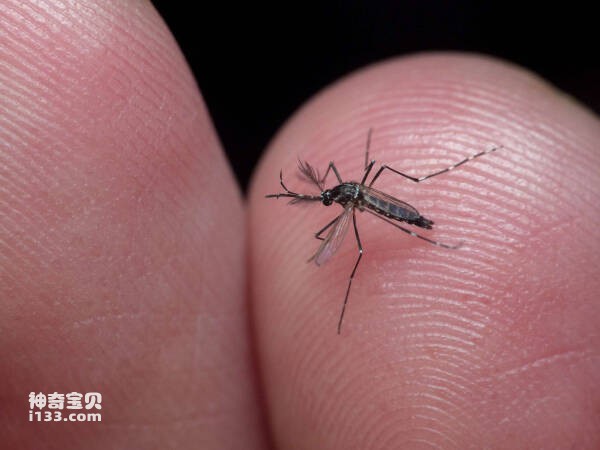
animal tags: mosquito